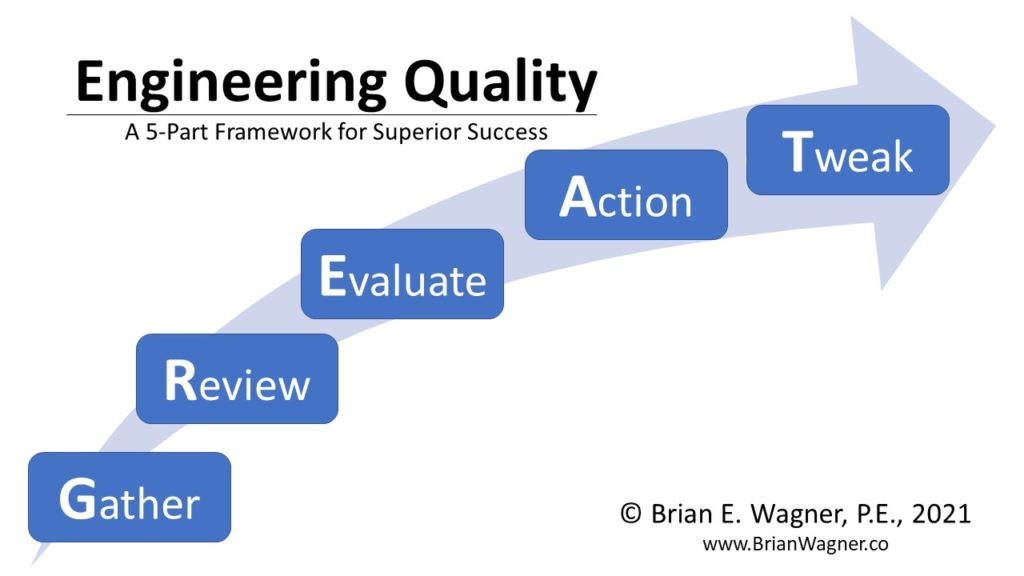
As an engineer, you are tasked with a lot of challenging things. It could be a design or a presentation, but one of the most challenging tasks I have encountered as an engineer is dealing with people while serving in a project management role! Working with and cooperating with co-workers is one thing—you or your company controls who works for you. What no one truly controls is who you work for! Of course, you can choose to not bid on a project or decline the opportunity to join a team, but if you are not willing to work for clients you will not get far in this industry.
When you are hired by a client you open the door to serving their needs. You provide your expertise and knowledge to assist them through a process and ultimately deliver to them a product that they can then use. Being able to do this is one thing, but being able to work with the personality of the client may be another thing. Let’s walk through one of the best things I ever do as a project manager and where I have had a great deal of success, in part, because of this simple task.
Project Progress
An engineering project progresses a number of steps from initiation to completion. This includes a process of engineering checks and balances to gauge the project’s progress against the client’s expectations. This cycle is a multifaceted journey between the project manager and the client. communication process
Inevitably, challenges may arise during the project’s course. The project manager and client work hand in hand to identify solutions and adapt the project as needed. Feedback from the client plays a pivotal role throughout, helping ensure that project deliverables align with expectations and that any required revisions or approvals are agreed upon.
Once the project reaches completion, a thorough review of the final deliverables takes place, ensuring that all objectives are met and outstanding issues are resolved. The closure of the project signals a time for reflection as both parties engage in a post-project evaluation to assess successes and areas for improvement, fostering a culture of continuous learning and enhancement. Throughout this intricate process, effective communication is the linchpin, fostering transparency, and trust, and ultimately contributing to the triumphant realization of the project’s goals.
Check-in and Check-in Often
As a professional engineer, I have been charged with working on several projects simultaneously. Each project has its own set of expectations and deadlines. Rarely does an experienced project manager only manage one project. They have competing interests of several clients. At the same time, work doesn’t always move as fast as one may want and the progress of a project might be impeded. At the end of the day, how can you stay ahead of the curve and in this sense ahead of your client?
For years, I worked a 4.5-day workweek. I worked 9-hour days Monday through Thursday and then a half day Friday. This set up what I liked to call my weekly check-ins on Friday mornings. I used my Friday mornings to reflect on the week and take time to understand exactly where my team stood with completing the projects. Maybe we were setting up for a deadline next week. Maybe we didn’t work on a project at all because other projects took priority. In any case, I worked to make sure I had a clear understanding of where each of my project’s stood.
Weekly Email Check-ins
Using this information, I then drafted a weekly email and submitted the same information to each of my clients. For clients that had multiple projects, I summarized all of their projects in one email (unless of course, they wanted them sent individually). The email was fairly simple. A few sentences to outline two key things:
- What we accomplished this week. If it was nothing, I said that. If it was meeting a deadline, I said that. If it was missing a deadline, I said that. All of the information is an honest account of their project’s status. I didn’t sugarcoat things, but I would write it in a way that was not confrontational or full of excuses.
- What we plan to accomplish next week. As I took the morning to reflect on projects, I also set up the ability to plan for next week. This is where I included any upcoming deadlines or big-picture plans for meeting the project schedule as well.
- Anything I needed from the client. I always wrap up the email with anything I need from them. Perhaps is a response to an email I sent earlier in the week. Perhaps it’s payment for an outstanding invoice. This was my chance to put the “ball in their court” or provide them with a friendly reminder.
Depending on how many projects I have and their scope or scale, this can take anywhere from 45 minutes to 3 hours. I routinely don’t schedule other meetings or engagements for Friday mornings. When my to-do list begins to encroach on this time, I will block time out on my calendar. I would encourage you to do the same.
The Benefits
When I first started this routine, I did it because I was getting asked the same question from different clients, “Where do you stand on my project.” Implementing these weekly check-in emails revolutionized my client communications! Since I was being proactive, my clients stopped asking me where the project stood. Instead, they would reply to the email with concurrence or questions. We would then have a back-and-forth email communication cycle throughout the week. They came to expect an email from me late Friday morning. I have also received countless compliments and thank yous for keeping them informed. Even when the information is not what they want to hear, they appreciate the contact.
I encourage every project manager to develop a consistent cycle of communication with each of their clients. For me, this check-in hack has been amazing. For you, it might be different, but finding something that works for you and your clients will open the door for your greater professional success.
If this resonates with you, let’s continue the conversation! Connect with me on LinkedIn.


